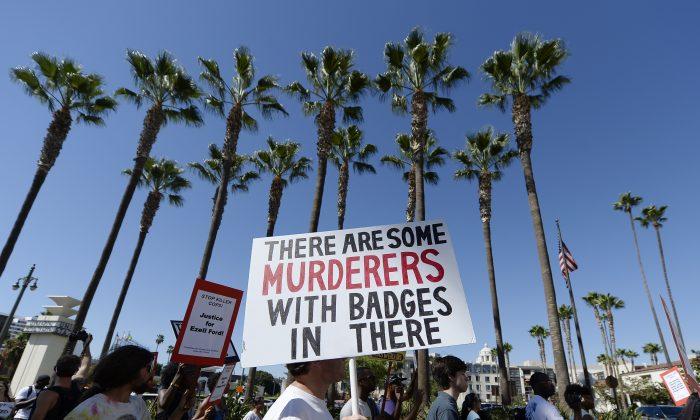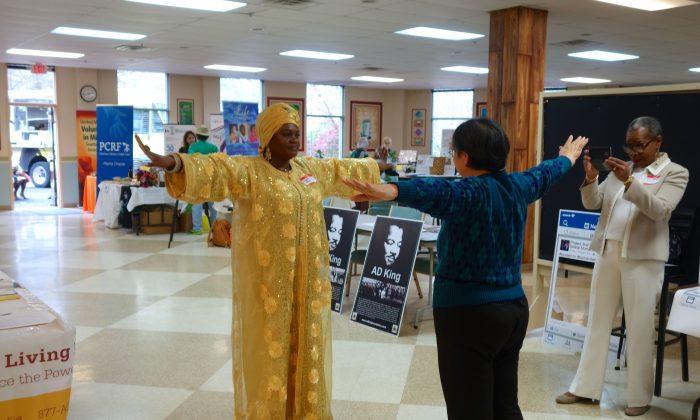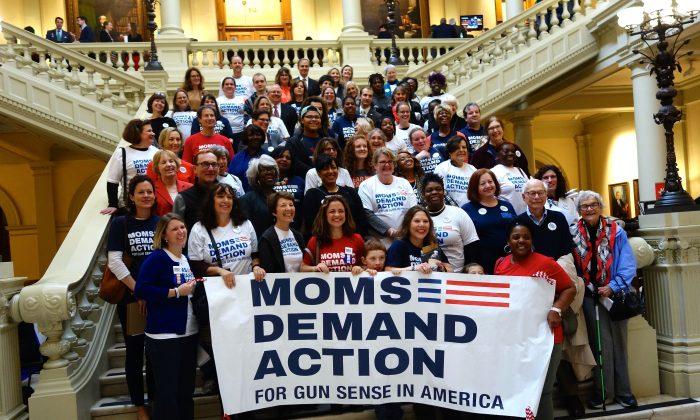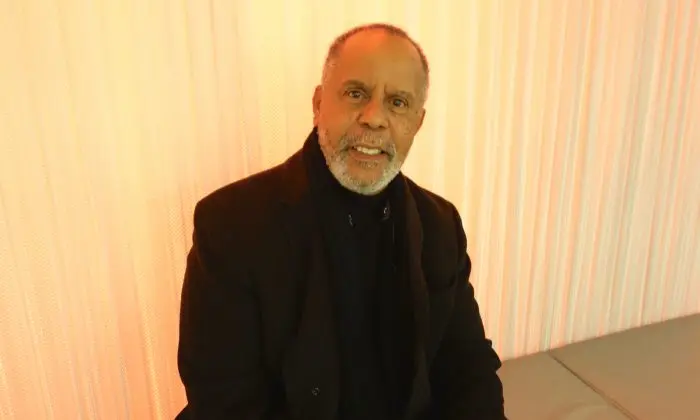Like Eric Garner in Staten Island, James Boyd’s death was recorded on video. Boyd was a 38-year-old homeless man who had schizophrenia, and he was camping in the foothills of the Sandia Mountains in New Mexico in March 2014. SWAT team members shot him multiple times.
One of the officers was wearing a helmet camera. In the video, Boyd appeared to surrender before he was fatally shot. He did not drop his two knives. He did ask the officers not to hurt him. According to the video, they shot him from some distance. They were far enough from him that he could not have reached them with his knives.
According to the ACLU, Milton Hall, James Boyd, Ezell Ford, Kajieme Powell, and Tanisha Anderson are all people with psychiatric disabilities who were killed by police. Yet “the Americans with Disabilities Act applies to every interaction between government and people with disabilities,” meaning that police officers must take a person’s mental disability into account, when deciding how to handle a person in crisis.
Patience and knowing how to de-escalate a crisis situation should be part of every officer’s training. The Supreme Court is considering this issue in the case of Teresa Sheehan, whom police shot after her caseworker called them for help getting Sheehan to a hospital.
Police said SWAT team member Dominique Perez and former detective Keith Sandy fatally shot Boyd during a standoff. Could his death have been prevented? It seems so.
Intense Scrutiny
The shooting occurred during a year when police tactics came under intense scrutiny around the country, fueled by the fatal shooting of an unarmed Michael Brown, an 18-year-old in Ferguson, Mo.; and the chokehold death of Eric Garner, another unarmed man in New York City. Grand juries declined to charge officers in those cases, leading to protests.
“Unlike Ferguson and unlike in New York City, we’re going to know. The public is going to have that information,” said District Attorney Kari Brandenburg, who said she decided to bring murder charges and avoid a grand jury to heighten transparency.
Each officer faces a single count in the March death of 38-year-old James Boyd. The charges allow prosecutors to pursue either first-degree or second-degree murder against the officers.
In New Mexico, people held multiple protests after Boyd’s death. Since 2010, Albuquerque police have been involved in 40 shootings—27 of them deadly. After Boyd’s death, outrage over the trend grew.
The protests included a demonstration where authorities fired tear gas and another that shut down a city council meeting.
The Department of Justice investigated the Albuquerque Police Department, starting before Boyd’s death. It found that the department had a pattern of using excessive force, “including deadly force, in violation of the Fourth Amendment,” according to its report.
Indifference
The report thanks members of the department for their cooperation and honesty, but found: “Although APD has taken steps to allay the public’s concerns about the department’s use of force, these initiatives have been insufficient to ensure consistent accountability. They also have not addressed longstanding deficiencies that have allowed a culture of indifference to constitutional policing and insularity to develop within the department.”
These are very serious words. I suspect that insularity has developed in some other police departments, too. I want very much for this society to take a calm, non-polarized look at how our police departments conduct themselves.
After Garner died, I happened to watch his friend’s cellphone video of the tragic, deadly police encounter with a group. It was a severe case of Rashomon, in which people see a completely different truth in the same events. Voices were raised, in a small foreshadowing of the emotional crowds that would shut down many streets in the city after a grand jury did not indict anyone.
Law and rationality are the only way through this. That does not mean people should not protest—but it does mean we have to look at facts with open eyes. I’m going to do my best to keep my own emotions in check.
The criminal charges were the first that Brandenburg has brought against officers in a shooting.
Decades-Old Practice
Brandenburg has been criticized for her office’s decades-old practice of using grand juries to affirm prosecutors’ decisions that no probable cause existed to charge officers in shootings.
Under a revamped system, county prosecutors now decide whether there’s probable cause that a crime was committed and either take the case to a grand jury or opt to file a “criminal information” charge on their own.
A date for a preliminary hearing for the two officers has not been set, Brandenburg said.
I cannot help but observe that Boyd was white. And his death brought an indictment.
The Associated Press contributed to this report.






Friends Read Free